Last month, President Trump announced that the United States would withdraw from the 1992 Open Skies Treaty (OST). The OST allows for members — the United States, Canada, Russia, and various European countries — to conduct unarmed surveillance flights in each others’ air space. The treaty was designed to enhance mutual understanding, build confidence, and promote openness and transparency of military forces and activities.
I was one of two lawyers in the U.S. delegation that negotiated the treaty. Thinking back on that time, I’m struck that our current lack of imagination is so unlike the spirit of possibility we had then. In spite of the challenges amid political upheaval in Europe, we were committed to completing multilateral engagements and agreements. Now, I doubt our ability to understand that we can strengthen existing agreements to address the shifting threats we face today.
The treaty then
The Open Skies Treaty has 34 parties and builds on the original concept of “mutual aerial observation” proposed by President Dwight D. Eisenhower in 1955. Flights per country are based on quotas, both active (those a country can conduct) and passive (those a country must accept). The types of aircraft and cameras used must pass specific certification requirements. During the negotiations, I realized that the OST is different from most traditional arms control treaties: Its issues pertain to types of cameras, their exact placement on planes, their resolution, arrangements for sharing airplanes, and other such details. After having just worked on the Conventional Forces in Europe (CFE) Treaty — which outlined provisions aimed at establishing a military balance of conventional arms between NATO and the former Warsaw Pact countries, with detailed and complicated explanations for how to destroy each type of conventional weapon — working on the OST was definitely a change.
As a new person on the block at the time, treaty negotiation-wise, I was genuinely inspired by the fact that the OST was about confidence-building at a time of political upheaval. The Berlin Wall fell during the final months of the CFE negotiations, and it was a challenge to complete the talks in the changing environment. Likewise, the Warsaw Pact and the Soviet Union dissolved during the OST negotiations. Suddenly, we were negotiating not with the Warsaw Pact but with Russia and several new countries. The increase in representation by these former Warsaw Pact countries was a new dynamic in the talks for everyone, including Russia.
Many former Warsaw Pact countries became even more interested in the negotiations after the pact dissolved, conducting their negotiations free from the Soviet Union’s presence and pressure. They welcomed transparency, particularly the possibility of openness regarding Russia. We anticipated that the OST would assist in verifying treaties such as the CFE and the Chemical Weapons Convention, as well as provide additional information to decrease the likelihood of conflicts. And while we in the U.S. knew that we already had the national technical means to get information on other countries’ activities, we understood the value of the treaty to other countries. The breakup of the Soviet Union also created three new states with nuclear weapons, adding to the desire for transparency.
Moreover, the OST highlighted the importance of science diplomacy. I recall the policy experts leaving for the day and the scientists staying behind and working together late into the night, talking about camera placement and resolution. The next day, the scientists would offer new ideas, expanding the realm of the possible while the political concerns were sorted out. Political limitations did not bind their imagination, and their enthusiasm was contagious.
The treaty now
While the types of challenges we face today are not NATO versus the Warsaw Pact, there are certainly challenges that warrant continued transparency, and that can help promote confidence-building and trust. When there is a concern about a potential treaty violation or conflict, the United States and others must take advantage of avenues for verification and communication, including but not limited to the OST.
The U.S. certainly had concerns regarding the OST, including during the Obama administration. U.S. officials have long complained that Russia was violating the agreement, for example by restricting the U.S. and European surveillance flights over Kaliningrad and parts of Georgia. On May 21, the Trump administration said the U.S. would exit the OST, despite a push by European allies, who tried to convince Trump to remain in the treaty: “We will continue to implement the Open Skies Treaty, which has a clear added value for our conventional arms control architecture and cooperative security. We reaffirm that this treaty remains functioning and useful,” the 10 EU members said, even though they share Washington’s concerns.
An unproductive approach
The COVID-19 outbreak highlights the imperative to work with other countries to address global challenges. Instead of leading that global effort, the United States is finding ways to anger its partners and multilateral organizations, which will be essential for tackling new challenges (like climate change) and old ones (like nuclear proliferation). It takes a lot less time to destroy an agreement than it takes to negotiate and conclude one — particularly arms control agreements, which often take months or years.
A treaty reflects the compromises and concessions made by all parties, including the United States. Arms control and disarmament treaties are an investment (political as well as often financial) by the entire government, and represent the positions of various departments as well as non-governmental entities. Withdrawing from treaties, like the Trump administration is doing with the OST, should only be done after careful discussions and consideration across the U.S. government, with our allies, and with relevant voices outside government.
Unfortunately, U.S. treaty withdrawals under Trump are piling up: The Joint Comprehensive Plan of Action (JCPOA) to constrain Iran’s nuclear program, the Intermediate-Range Nuclear Forces Treaty (INF) with Russia, and now the OST. The 2011 New Strategic Arms Reduction Treaty (New START) with Russia, which expires next year, is in question.
We are not working with our allies in a way that would help strengthen consensus on issues of both arms control and deterrence. U.S. alliances — both on a bilateral basis and in multilateral forums like NATO (not to mention the World Health Organization) — are severely strained. The Trump administration has spent the last few years destroying agreements and relationships without doing any re-building. Washington appears to have little vision or imagination for what could replace what we have damaged, ensuring instead that we remain unprepared for future global challenges when we cannot go it alone. We need ways to build trust and avenues to work together, using the tools at our disposal. We need, again, the type of imagination we had when we negotiated the OST.
The Brookings Institution is committed to quality, independence, and impact.
We are supported by a diverse array of funders. In line with our values and policies, each Brookings publication represents the sole views of its author(s).

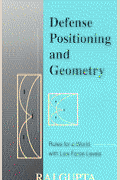
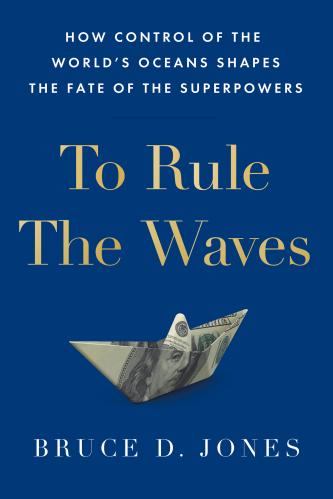
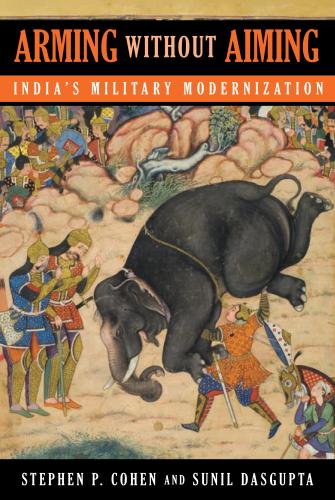
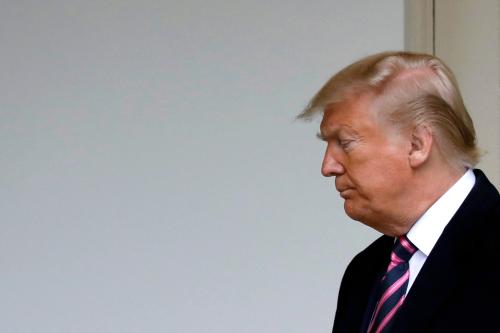
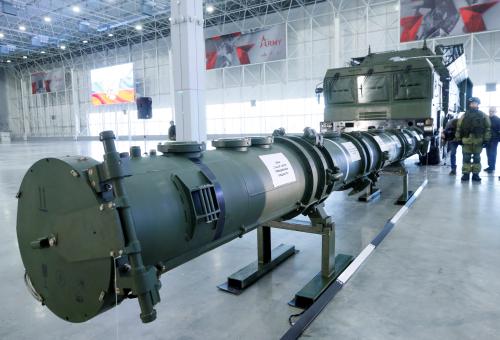

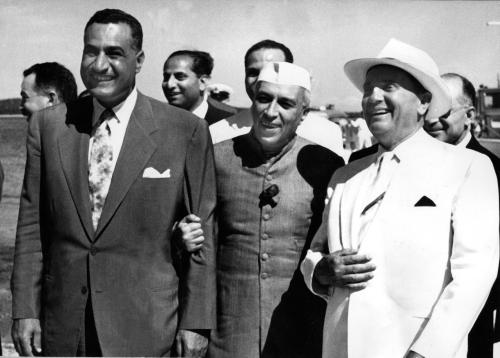
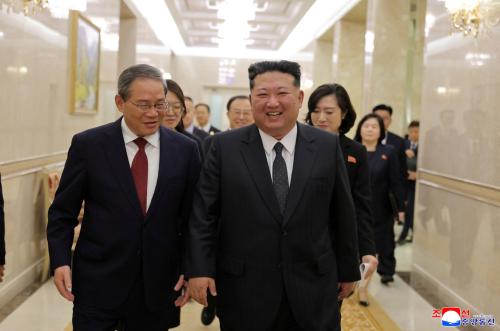
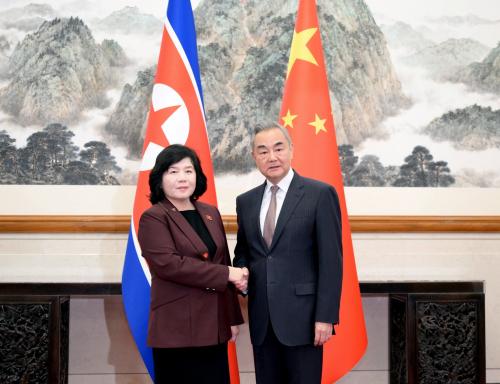
Commentary
A farewell to the Open Skies Treaty, and an era of imaginative thinking
June 16, 2020